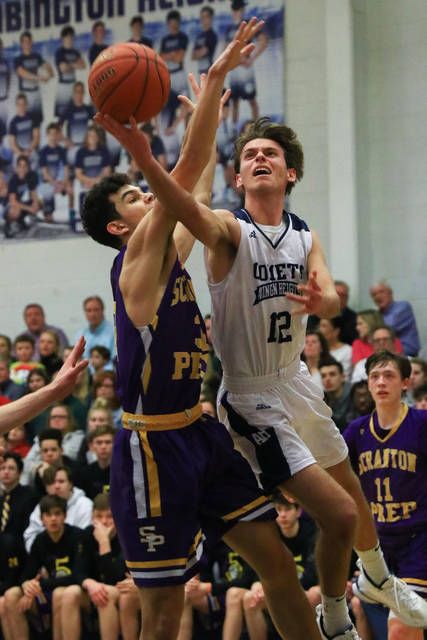Normally, when I read a book, I have no trouble deciding whether it’s a keeper or a loser, but Hannah Rothschild’s debut novel, “The Improbability of Love,” had me plucking petals from my daisy of opinion, muttering “I love it; I love it not” over and over. I fully expected to love it. After all, the plot revolves around art and food, two of my favorite things. So I figured, what’s not to like? Well, plenty, as it turned out. And yet, I really enjoyed some of it – just not enough to understand how “The Improbability of Love” could have been short-listed for Great Britain’s prestigious Baileys Women’s Prize.
Ms. Rothschild certainly has the background to write a story about the fictional painting that gives her book its title and the (real) artist to whom it is attributed, Jean Antoine Watteau. She is a trustee of the Tate Gallery and the first woman to chair London’s National Gallery. She has a vast knowledge of art history, fine art restoration, and the process by which works of art are authenticated. And, indeed, for me, these topics are what makes her book interesting. On the other hand, “Improbability” is her first novel, and she makes a lot of what I consider to be beginner’s mistakes.
The story revolves around the painting itself; Annie McDee, an aspiring chef; Jesse, a painter and guide at the Wallace Collection; the movers and shakers of the art world; and a cavalcade of people eager to pay top dollar for “The Improbability of Love” at auction. So many characters inhabit the world of this book that I lost count. Anyway, Annie buys the painting for a song at a junk shop as a birthday present for a man who never shows up for the elaborate dinner she’s prepared. Both Annie’s alcoholic mother, Evie (who is far more interesting than her daughter, and by far my favorite character), and the aforementioned Jesse think the painting resembles the work of Watteau. And we’re off and running, as Annie and Jesse begin the long process of trying to authenticate it. Along the way, an art dealer with a dark past and his daughter, who employs Annie as a cook, will stop at nothing to get their hands on “The Improbability of Love.”
The plot is far more convoluted than I make it out to be, and is uneven, at best. After the prologue, which focuses on the auction of “The Improbability of Love” and the bevy of rich oddballs who want to own it, the book slows to a crawl for quite some time. Then, at the end, as if to compensate for the many diversions, Ms. Rothschild tacks on a slapdash finale. In addition, the love story is predictable. It’s clear that, despite Annie’s lack of interest for most of the book, she’s going to wind up with Jesse (whose last name remains a mystery throughout, I might add).
As a means of inserting the painting’s back story into the novel, the author resorts to a gimmick I found to be a deal-breaker: she has the painting itself narrate 10 of the 38 chapters. As a narrator, “The Improbability of Love” has an annoyingly supercilious voice that sometimes becomes preachy. While it’s meant to sound French, in keeping with its origins, often the author loses focus, and the painting sounds British. I just found this narrative device too cutesy for words.
One of the book’s worst problems concerns its protagonist. While Ms. Rothschild does a bang-up job painting vivid pictures of her other characters, she gives poor Annie short shrift. Annie simply isn’t very loveable, so I found it difficult to care about what happens to her. The only time this young woman shines is when she’s planning and making two fabulous feasts. Indeed, the chapter where she creates a meal based around a painting by Caravaggio, and another, in which she serves a banquet themed after the Watteau painting, were, for me, the highlights of the novel. The descriptions of Annie’s gorgeously patterned aspics, baby quail in nests of spun potatoes, caviar, glistening oysters, and perfectly sauced asparagus all made me salivate.
Sadly, voluptuous descriptions of food might not be enough to rescue this book from its other failings. Part of the blame belongs to its editors. For one thing, they should have insisted on some vigorous pruning. At 497 pages, “The Improbability of Love” is far too long, and this is partly due to several chapters that do not further the plot in any way. For another, there is a curious error a good copy editor should have caught. While not terribly important, the fact that Jesse’s eyes change color four times is distracting. They are “tawny-colored” when we first meet him, but a few chapters later, they’re green, and then they shift to various shades of blue. Since this book is not science fiction, and Jesse is not some amiable alien, the only thing that can account for these anomalies is sloppy editing.
So what’s the final verdict? Well, for me, the plusses and minuses are about even. To be sure, there is much to enjoy in “The Improbability of Love,” but its failings – many of which could have been avoided – sadly mar its potential to be a great read.




